Did you know that, according to the National Fire Protection Association, businesses in the US incur over $10 billion in property damage due to fires annually? That’s where a Fire Risk Assessment comes into play.

It’s a systematic process that evaluates the potential fire hazards in a given environment, be it your home or office.
But what exactly goes into conducting a thorough assessment, and why is it so crucial?
Stick with me as we navigate the ins and outs of this crucial safety measure.
Understanding Fire Risk Assessments
To fully grasp the importance of Fire Risk Assessments, we need to understand that it’s a comprehensive review of a building specifically designed to identify potential fire risks and to provide crucial recommendations for enhancing the building’s safety. It’s a vital part of fire prevention, where professionals or qualified individuals conduct meticulous building inspections to evaluate risks.
During these assessments, various factors are meticulously examined, including the building’s structure, the nature of work performed within, the building’s occupants, and the potential sources of ignition. These inspections play a crucial role in risk evaluation, helping to identify areas of concern that could potentially lead to fire incidents if left unaddressed.
But the process doesn’t end with risk identification. The findings of these inspections are used to formulate safety recommendations aimed at mitigating the identified fire risks. These recommendations may include modifications to the building’s structure, changes in work processes, or the installation of fire safety equipment.
Lastly, Fire Risk Assessments also involve emergency planning. Following the completion of the assessments, comprehensive emergency plans are drawn up to ensure that occupants know what to do in case of a fire, thereby significantly reducing the potential for harm.
Importance of Regular Reviews
Having understood the basic premise of Fire Risk Assessments, let’s now consider the necessity of regular reviews in maintaining effective fire safety protocols. The frequency of these reviews is essential in ensuring the ongoing effectiveness of safety measures and emergency planning.
The primary objective of these reviews is risk mitigation. Over time, factors such as wear and tear, changes in building usage, or new equipment introduction may increase fire risks. Regular reviews allow for the identification and management of such evolving risks, ensuring that safety measures remain relevant and effective.
Emergency planning, a key component of risk mitigation, also benefits from regular reviews. Effective emergency plans must account for the current state of the building and its occupants. As such, any building changes need to be reflected in these plans. These could include structural alterations, changes in occupancy, or modifications to escape routes.
Legal Requirements for Assessments
In understanding the legal requirements for Fire Risk Assessments, we must first recognize that they’re compulsory for all business premises and blocks of flats in many jurisdictions, ensuring the safety and protection of occupants. These legal obligations aren’t mere formalities but critical safety measures designed to minimize the risk of fire incidents and their potential devastating impacts.
The assessment process involves a thorough evaluation of the premises to identify potential fire hazards and individuals who may be particularly at risk. Risk assessment considerations might include the nature and quantity of combustible materials, the adequacy of fire safety equipment, and the effectiveness of evacuation procedures.
Compliance guidelines stipulate that these assessments must be routinely updated, especially following any significant changes to the premises or its use, to ensure they remain relevant and effective. Comprehensive documentation is key to this process, providing a tangible record of the identified risks and the steps taken to mitigate them.
Non-compliance with these legal requirements can result in serious penalties, reinforcing their importance. Always remember, the goal of a Fire Risk Assessment isn’t merely to tick a legal box, but to genuinely enhance the safety of the premises and its occupants.
Designation of the Responsible Person
While we’ve discussed the legal requirements of fire risk assessments, let’s not forget about the key role of the Responsible Person. This individual is crucial in ensuring fire safety within any establishment. Their role includes the development and implementation of training protocols, the orchestration of emergency procedures, and the maintenance of safety equipment.
The Responsible Person is tasked with conducting a thorough risk evaluation, identifying potential fire hazards, and taking necessary steps to mitigate these risks. They must have a keen understanding of compliance standards and must ensure adherence to these at all times, to uphold the highest levels of safety within the premises.
Moreover, the Responsible Person ensures that all members of the organization are well-informed of fire safety protocols and procedures. This includes training staff on how to use safety equipment and how to respond in the event of a fire.
This role isn’t to be taken lightly. It requires a strong commitment to safety, meticulous attention to detail, and the ability to create and maintain a proactive fire safety culture. These measures, while demanding, are essential in ensuring the safety and wellbeing of all occupants.
Accessing Fire Risk Assessments
To ensure transparency and uphold fire safety standards, every occupant has the right to access their building’s Fire Risk Assessment. This access enables occupants to understand potential hazards and safety measures in place. I can confirm that requesting assessments is a straightforward process. You need to approach the designated Responsible Person for your building. They’re obligated to provide you with the necessary details.
Ensuring access to these assessments is crucial as it promotes awareness and allows occupants to understand their role in maintaining safety. If you encounter difficulty in accessing this information, there’s an escalation process in place. You can report the issue to your local fire service if the Responsible Person doesn’t address your concerns.
While reviewing findings, it’s important to understand the identified risks and the measures suggested to mitigate them. This knowledge can be critical during emergencies. Finally, continuous updates to the Fire Risk Assessment are vital. They reflect changes in the building layout, use, or occupants. These updates ensure that the assessment remains current and effective in addressing the fire risk.
Conducting a Fire Risk Assessment
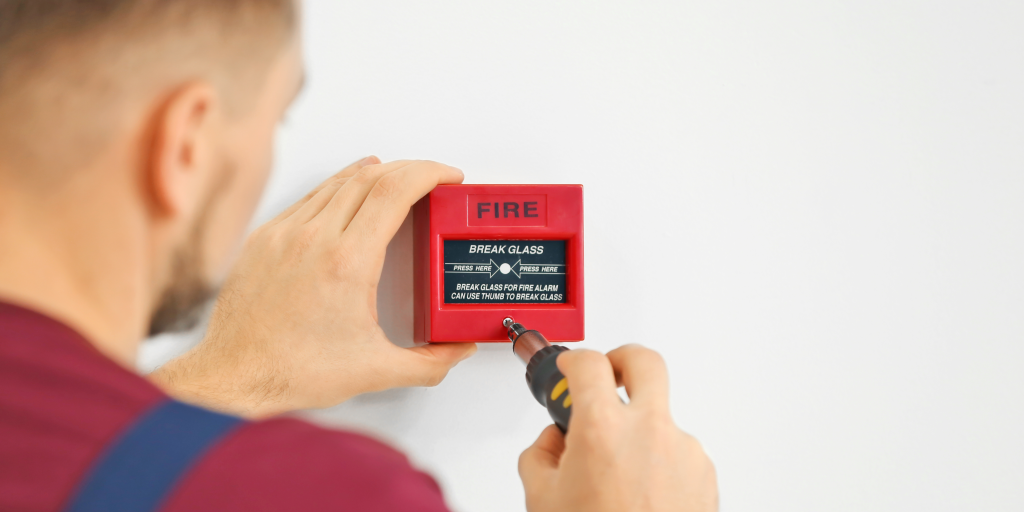
After gaining access to a Fire Risk Assessment, it’s important to understand how one is conducted. This process begins with hazard identification. I meticulously examine the premises, seeking out potential fire risks such as faulty electrical equipment, flammable materials, or blocked escape routes.
Once hazards are identified, the next step is risk evaluation. I consider not only the likelihood of a fire occurring but also the potential severity of the fire, including the possible harm to individuals and property.
Understanding the risks allows me to develop appropriate fire safety protocols and safety measures. These might include installing smoke detectors, maintaining fire extinguishers, or improving housekeeping practices to reduce the amount of flammable material available.
The fourth step in conducting a fire risk assessment involves emergency planning. I determine the best procedures for evacuating the building quickly and safely in the event of a fire. This includes ensuring clear escape routes and training staff on what to do in an emergency.
Updating Your Fire Risk Assessment
Keeping your Fire Risk Assessment up-to-date is vital for maintaining optimal fire safety in your building. Regular updating procedures not only help in risk mitigation but also ensure that safety protocols are current and effective.
Firstly, consider changes in the building’s structure, occupancy, or use, as these can significantly alter the fire risk profile. You must reassess and amend the Fire Risk Assessment accordingly.
Secondly, it’s crucial to update your emergency planning. Changes in building use or occupancy might necessitate revising evacuation routes or assembly points.
Moreover, regular updates are part of an active training development process. As new staff join or current employees take on different roles, it’s crucial to ensure they’re trained in fire safety protocols and emergency procedures. Continuous training can significantly enhance your team’s response in the event of a fire, potentially saving lives.
Lastly, don’t forget to document your updates. Having a clear record of changes and the reasons behind them provides a valuable reference and demonstrates compliance with fire safety regulations. Remember, an up-to-date Fire Risk Assessment is a living document that plays a crucial role in your building’s fire safety.
Consequences of Non-Compliance
While maintaining an updated Fire Risk Assessment is key, understanding the ramifications of not adhering to these requirements is equally important. Non-compliance not only compromises the safety of your building’s occupants, but it also exposes you to serious enforcement consequences.
The failure to meet safety responsibilities can lead to hefty fines or even imprisonment. Moreover, your insurance mightn’t cover damages resulting from non-compliance with fire safety regulations. I can’t stress enough the importance of preventive measures in fire safety management. These measures are simple yet effective risk reduction strategies, such as regular inspection of fire safety equipment and enforcement of safety guidelines.
Compliance guidelines provide a clear roadmap for maintaining a safe environment. They outline the necessary steps to identify potential hazards, protect occupants, and establish a robust response plan in case of fire. Adherence to these guidelines is mandatory and not just a formality. In essence, a Fire Risk Assessment isn’t a box-checking exercise but a vital tool for ensuring safety and reducing risk. Non-compliance doesn’t just put lives at risk; it can also have severe financial and legal repercussions.
Frequently Asked Questions
What Specific Training or Qualifications Should a Person Conducting a Fire Risk Assessment Have?
As a person conducting a fire risk assessment, I need to understand assessment legislation, meet certification requirements, comprehend my role as a risk assessor, know safety equipment, and interpret assessment reports correctly.
How Often Should a Fire Risk Assessment Be Reviewed and Updated?
As a fire safety professional, I’d recommend that fire risk assessments be reviewed annually to meet legal requirements. However, any significant changes in the building should trigger immediate risk re-evaluation using updated assessment tools and emergency planning.
What Are Some Common Fire Hazards That Are Often Found During a Fire Risk Assessment?
In my assessments, common fire hazards include faulty wiring, clutter blocking exits, and flammable materials. I use hazard identification, risk management techniques, and prevention strategies to provide critical fire safety tips and recognize fire hazard signs.
What Should Be Included in the Written Documentation of a Fire Risk Assessment?
In a fire risk assessment’s documentation, it’s crucial to include identified hazards, safety protocols, measures taken, and any potential risks. Proper record keeping is legally required and ensures transparency and adherence to safety standards.
How Can Employees or Occupants of a Building Access the Findings of a Fire Risk Assessment?
As an occupant, I can access the findings of a fire risk assessment through designated communication channels, ensuring transparency and information accessibility. This allows me to understand safety protocols and receive assessment feedback.
Conclusion
In conclusion, Fire Risk Assessments are a crucial tool in safeguarding our spaces from potential fire hazards. Regular reviews, adherence to legal requirements, responsible person designation, and accessible assessments all contribute to a robust fire safety protocol.
The process of conducting and updating these assessments is key for ongoing safety. Remember, failing to comply may lead to severe penalties. Stay informed and prioritize safety.
Let’s make our environments safer, one Fire Risk Assessment at a time.



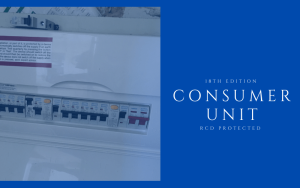


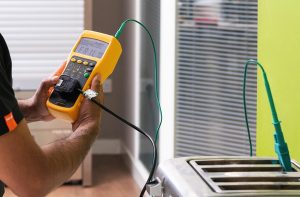
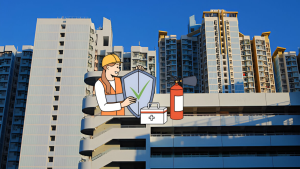
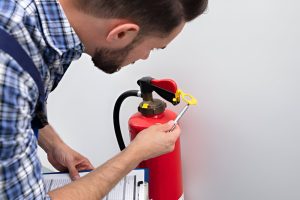
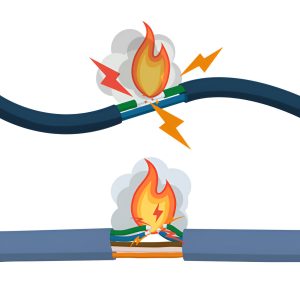

1 thought on “What Is a Fire Risk Assessment”
Your passion for your subject is inspiring.